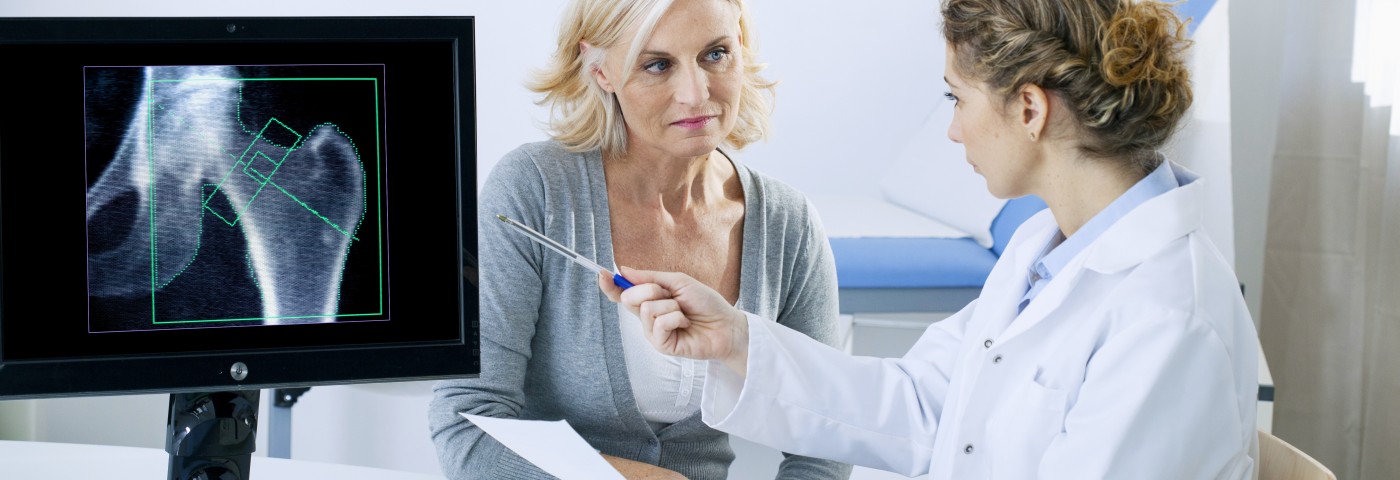A research team at the University of Southampton in England, using high-resolution imaging technology, found new information on the reason patients with type 2 diabetes have a higher risk of developing osteoporosis. The study was published in the journal Calcified Tissue International and is titled “Bone Microarchitecture in Men and Women with Diabetes: The Importance of Cortical Porosity.”
High resolution peripheral Quantitative Computed Tomography (HRpQCT) is a technique that allows researchers to assess bone structure and strength at a microstructural level in living patients. Patients are exposed to small doses of x-rays over time, and a specific software is used to match the images based on density and structure. The outcome is a 3D simulation able to mimic the microstructure of the bone under analysis.
Using this technique, researchers found structural differences in the bones of type 2 diabetes patients. Scientists presumed that these divergences might explain the greater rates of bone fracture measured in senior diabetes patients, both men and women.
“This new imaging technique has been able to identify that the cortical component of bone — the outer rim of the bone — tends to exhibit greater porosity in those with type 2 diabetes compared to those without,” Dr. Mark Edwards, lead researcher of the study and a clinical lecturer at the University of Southampton, said in a press release. “We can now see where there is a specific deficit within the bone, which may help clinicians to develop appropriate therapies to prevent future fractures.”
Osteoporosis has been linked to diabetes for some time, and it was clear that diabetics faced a higher risk of fractures. The risk was linked to a lower bone mineral density (BMD) in patients with diabetes. Now, with the results of Edwards’ team, the biology behind this trend is becoming clearer.
A total of 342 seniors (155 women and 177 men) with an average age of about 76 were evaluated. All individuals were part of the Hertfordshire Cohort Study, a national unique study with people born in the English county of Hertfordshire between 1911 and 1939. The goal of the cohort study wasmto assess how genetics and environment affect the general health and aging process.
“This study highlights an important link between diabetes and osteoporosis, and identifies a selective deficit in skeletal development which leads to excess fracture risk in this increasingly frequent disorder,” said Prof. Cyrus Cooper, the study’s co-author and director of the MRC Lifecourse Epidemiology Unit at the University of Southampton, in a press release. “It also demonstrates that environmental influences during critical periods of early development might lead to several common non-communicable disorders in western populations.”


